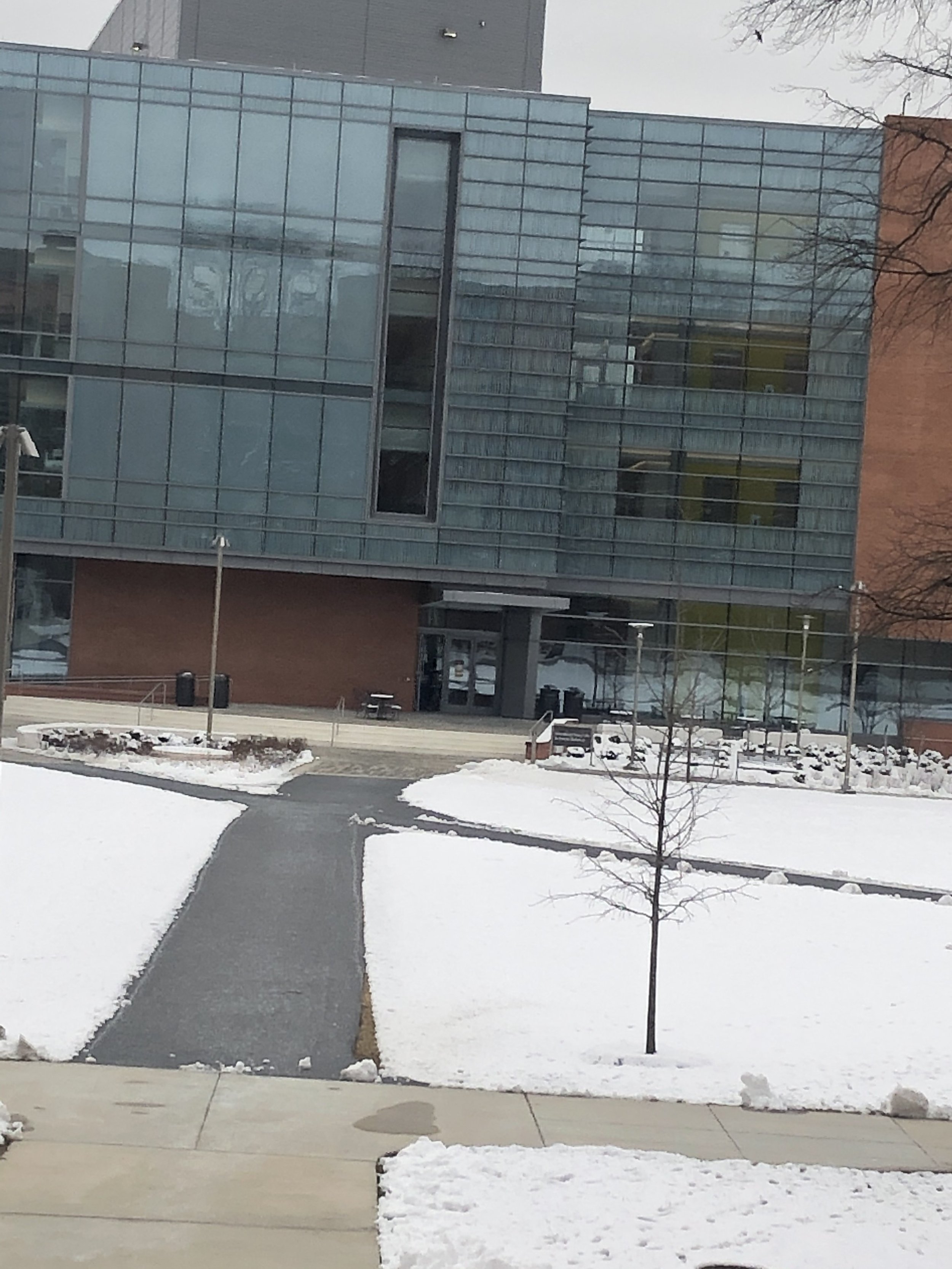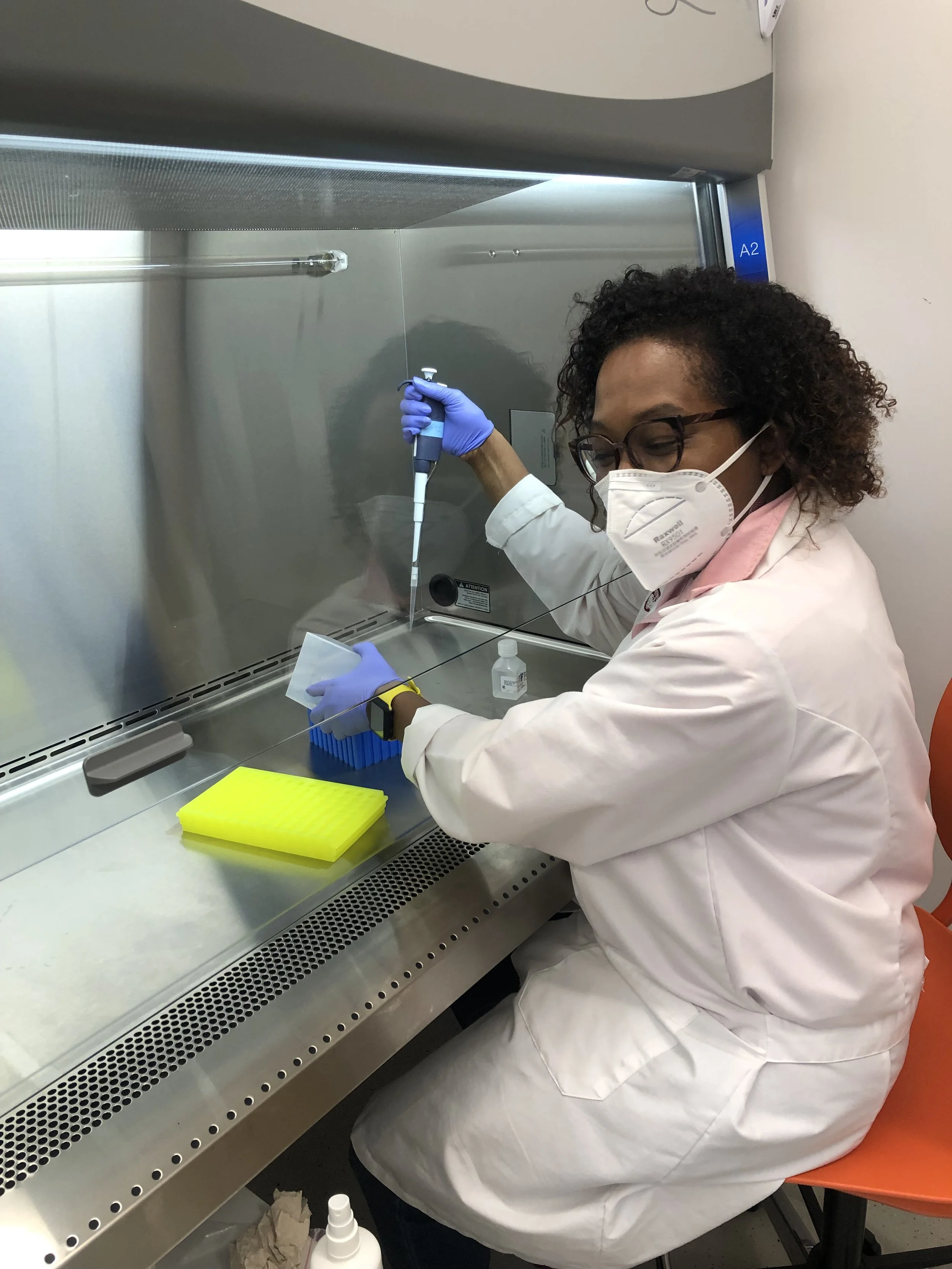Project Three: Regenerative Tissue Repair & Regeneration with MSCs
Mesenchymal Stem Cell Migration & Regenerative Potential: a) Presumes that the damaged liver will be activated with cytokines within the surrounding milieu. b) Based on the findings, there are two groups of recipients with relatively low and high circulating MSCs at the anhepatic phase of the OLT surgery. c) At GC administration, there is an association of reduced MSCs in the blood that decreases CXCR4/7. d) During recovery (post-transplant), the MSCs are increased in the blood to coincide with liver outcome. The source of MSCs can be multiple sources. Shown are possibility from bone marrow and adipose tissue.
Coming Soon: Promotion of tissue repair and regeneration: Following OLT surgery, Mesenchymal stem cells (MSCs) are a type of adult stem cell found in various tissues, including bone marrow, adipose tissue, and umbilical cord tissue. MSCs can promote tissue repair and regeneration. They can differentiate into various cell types, including hepatocytes, the main functional cells of the liver. MSCs can migrate to damaged areas and contribute to tissue healing by differentiating into hepatocyte-like cells or secrete growth factors, cytokines, and chemokines to facilitate repair mechanisms. Additionally, MSCs can regulate the immune system by suppressing T-cell activity , which are responsible for the immune response against foreign tissues. So far, we have data that glucocorticoids inhibits MSC migration during orthotopic liver transplant surgery that inadvertently inhibits tissue repair. We are interested in how MSC derived exosomes modulate immune cell function to optimize their ability to promote tissue repair and regeneration “remotely” or by direct injection.
Relevant Publications:
Walker ND, Mourad Y, Liu K, Buxhoeveden M, Schoenberg C, Eloy JD, Wilson DJ, Brown LG, Botea A, Chaudry F, Greco SJ, Koneru B, Gubenko Y, and Rameshwar P. Steroid-associated decrease in blood mesenchymal stem cells in liver transplant: Effects on long-term liver health. Stem Cell Rev Reports 2017;13(5):644-658.
Meet the Team



